
Is Adhesion Adequate for Cosmetic Printer on Bottle Bodies? Here’re the Critical Checks!
- By:uv digital printing
- 2025-11-27
- 13
In the cosmetics market, packaging has emerged as the core battlefield for brands’ differentiated competition. Traditional labels are increasingly unable to satisfy the boundless creativity of designers, while the direct printing technology for cosmetic bottle bodies is gaining growing favor among more brands, thanks to its label-free pure texture, 3D tactile feel, and unlimited personalized potential.
However, when embracing this innovative technology, a core question comes to the fore: Is the adhesion of patterns printed on bottle bodies sufficient? Will they scratch off easily or peel off when exposed to moisture?
The answer is: Adhesion is by no means accidental; it is a systematic scientific endeavor. By grasping the following key points, you can ensure that printed patterns remain as good as new and stand the test of time and practical use.
Key Factor 1: Bottle Body Material —— The “Foundation” of Adhesion
Bottle body material is the foundation of adhesion; the surface energy and treatment methods of different materials directly determine the ink’s adhesion capacity.
- PET, PETG, Glass: These are common materials in cosmetic packaging, yet their surfaces are typically smooth and highly chemically inert. Direct printing results in poor adhesion, so pre-treatment is imperative. Common methods include flame treatment, corona treatment, or coating with specialized primers – the objective is to increase surface energy, create micro-roughness, and enable the ink to “grip” the bottle body firmly.
- ABS, Acrylic (PMMA): Such engineering plastics have good compatibility with UV inks, making adhesion relatively easier to achieve. However, it is still recommended to conduct adhesion tests based on specific ink formulations.
- Metal: Metal bottle bodies usually require specialized primers to build a “bridge” between the ink and the metal substrate, ensuring robust adhesion.
Core Principle: Prior to selecting direct printing technology, it is critical to clearly identify the bottle body material, and confirm with the printing service provider whether the material is suitable for direct printing and what pre-treatment processes are required.
Key Factor 2: Printing Technology & Ink —— The “Soul” of Adhesion
At present, the mainstream direct printing technology for cosmetic bottle bodies is industrial-grade UV inkjet printing. Its adhesion advantages are mainly reflected in the following aspects:
- Curing Principle of UV Ink: Under irradiation with ultraviolet (UV) light of a specific wavelength, UV ink instantly transforms from a liquid to a solid state and undergoes a cross-linking curing reaction. This is a photochemical reaction rather than physical drying, resulting in a dense, robust ink layer that bonds tightly to the bottle body.
- Ink Compatibility: Professional printing service providers offer a portfolio of UV inks developed for different materials. For example, there are flexible UV inks specifically formulated for soft plastics (e.g., PE, PP), and rigid UV inks for glass and metal. Selecting specialized inks that perfectly match the bottle body material is a prerequisite for ensuring strong adhesion.
Key Factor 3: Pre-treatment & Post-treatment —— The “Reinforcement” Stage of Adhesion
- Pre-treatment (Pre-process): As mentioned above, for most materials, cleaning and surface treatment prior to printing are indispensable steps. Efficient plasma treatment or primer coating can fundamentally resolve adhesion challenges.
- Post-treatment (Post-process): After printing and curing, “reinforcement” treatment is sometimes performed based on product requirements ——for example, spraying a layer of transparent UV protective varnish. This varnish not only further enhances adhesion but also boosts the scratch resistance, chemical resistance (e.g., resistance to corrosion by alcohol and cosmetics) and glossiness of the patterns, endowing the product with a more premium texture.
Key Factor 4: Professional Printing Equipment & Process Control
A stable industrial-grade UV flatbed printer is the cornerstone of quality. It must be equipped with:
- Precise Curing System: The power and wavelength of UV lamps must match the ink to ensure complete ink curing. Insufficient curing leads to sticky ink layers and poor adhesion, while over-curing may cause ink layer embrittlement.
- Precision Nozzle Control: Ensure accurate ink droplet positioning and a uniform, flat ink layer to avoid adhesion issues caused by excessive ink buildup.
How to Verify if Adhesion Meets the Standard?
In actual production, we quantify adhesion through a series of standardized tests:
- Cross-cut Test (Grid Test): Use a specialized blade to score a grid pattern on the printed surface, apply specialized adhesive tape and peel it off quickly, then observe the degree of ink layer peeling. This is the most commonly used and intuitive method for testing adhesion.
- Rub Resistance Test: Use a dedicated rub resistance testing machine to simulate daily handling and friction, verifying the scratch resistance of the printed patterns.
- Chemical Resistance Test: Soak cotton swabs with common chemicals such as alcohol, water, and grease, then wipe the printed surface repeatedly to check for fading or damage.
- High-Low Temperature Cycle Test: Place the printed bottle bodies in an alternating hot and cold environment to test the stability of the ink layer under thermal expansion and contraction.
Adhesion in direct printing on cosmetic bottle bodies is not an isolated link, but a precision system that runs through the entire process of “Material Selection → Surface Treatment → Ink Matching → Precision Printing → Curing & Protection”.
For brand owners, there is no need to delve into all technical details, but it is essential to select an experienced and technically proficient printing service provider. A reliable partner will offer you a full set of solutions – from material compatibility analysis and sample testing to batch production quality control – ensuring that every one of your products is a masterpiece that combines artistic aesthetics with robust durability.
Let creativity adhere firmly, and let beauty endure over time.
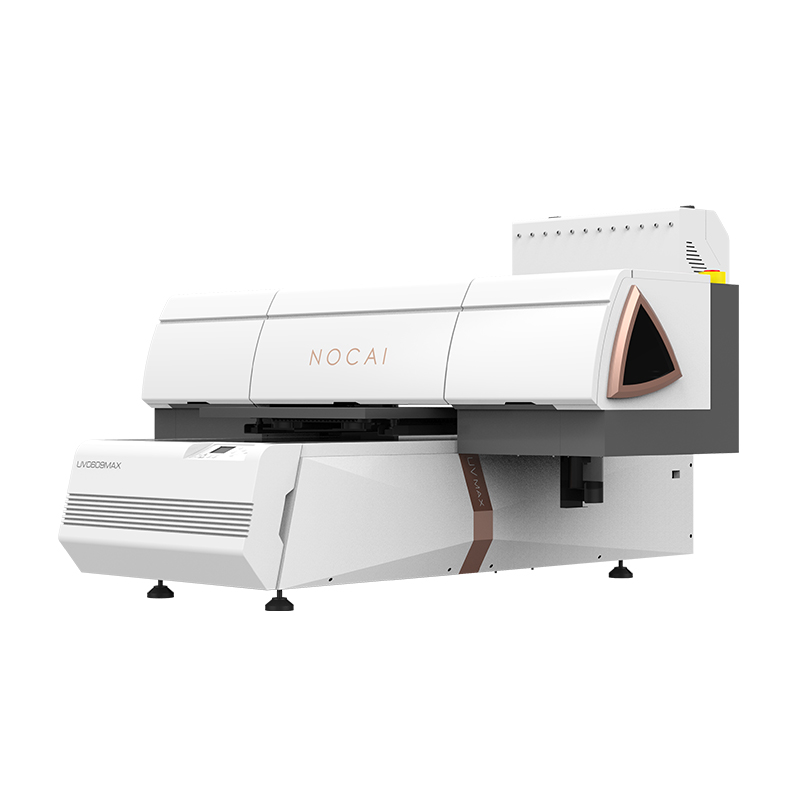
-
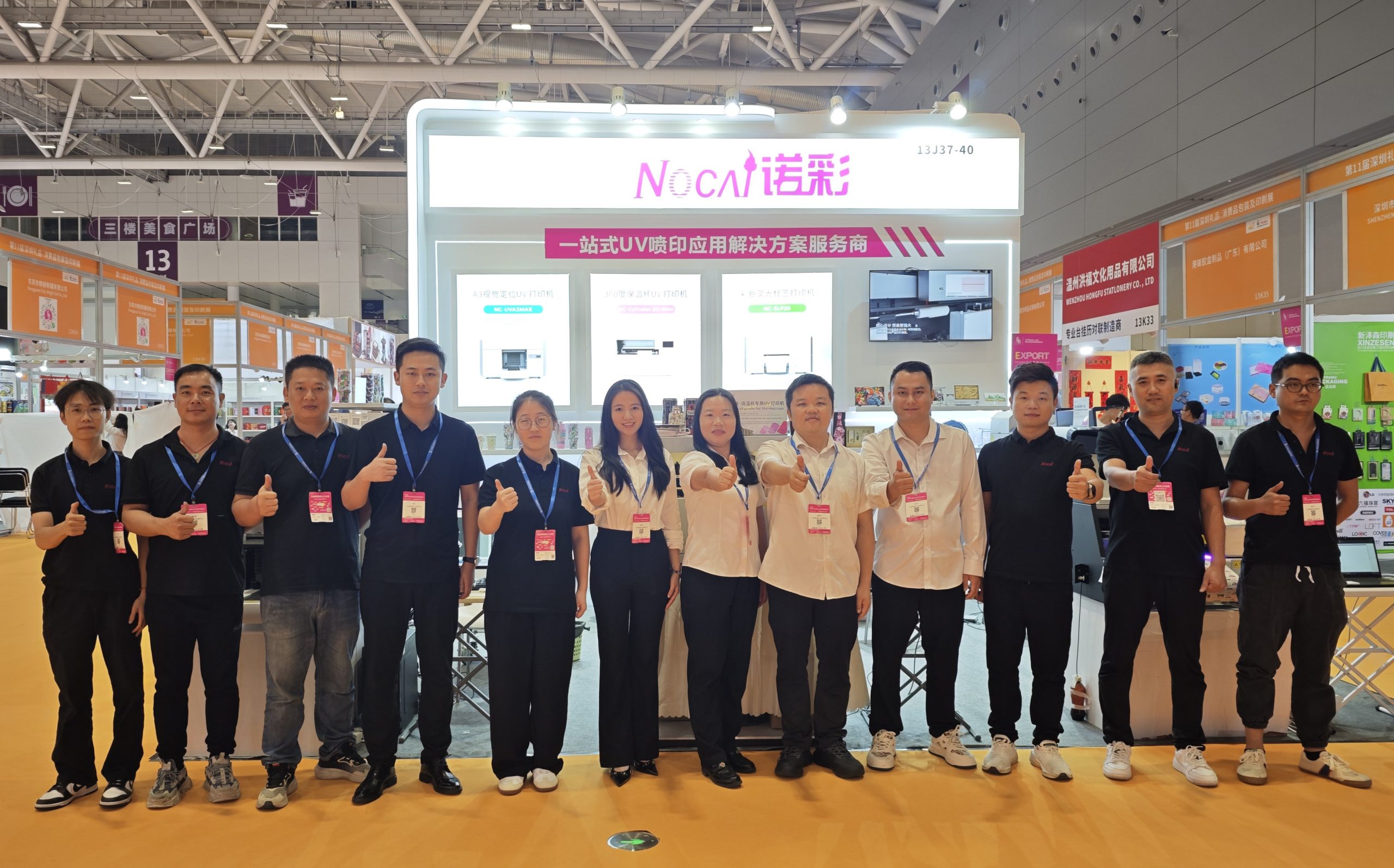
Successfully Concluded! Nocai Shenzhen Expo Achieves a Double Harvest of Popularity and Results—We Sincerely Invite You to Visit and Inspect!
2025-10-23 -
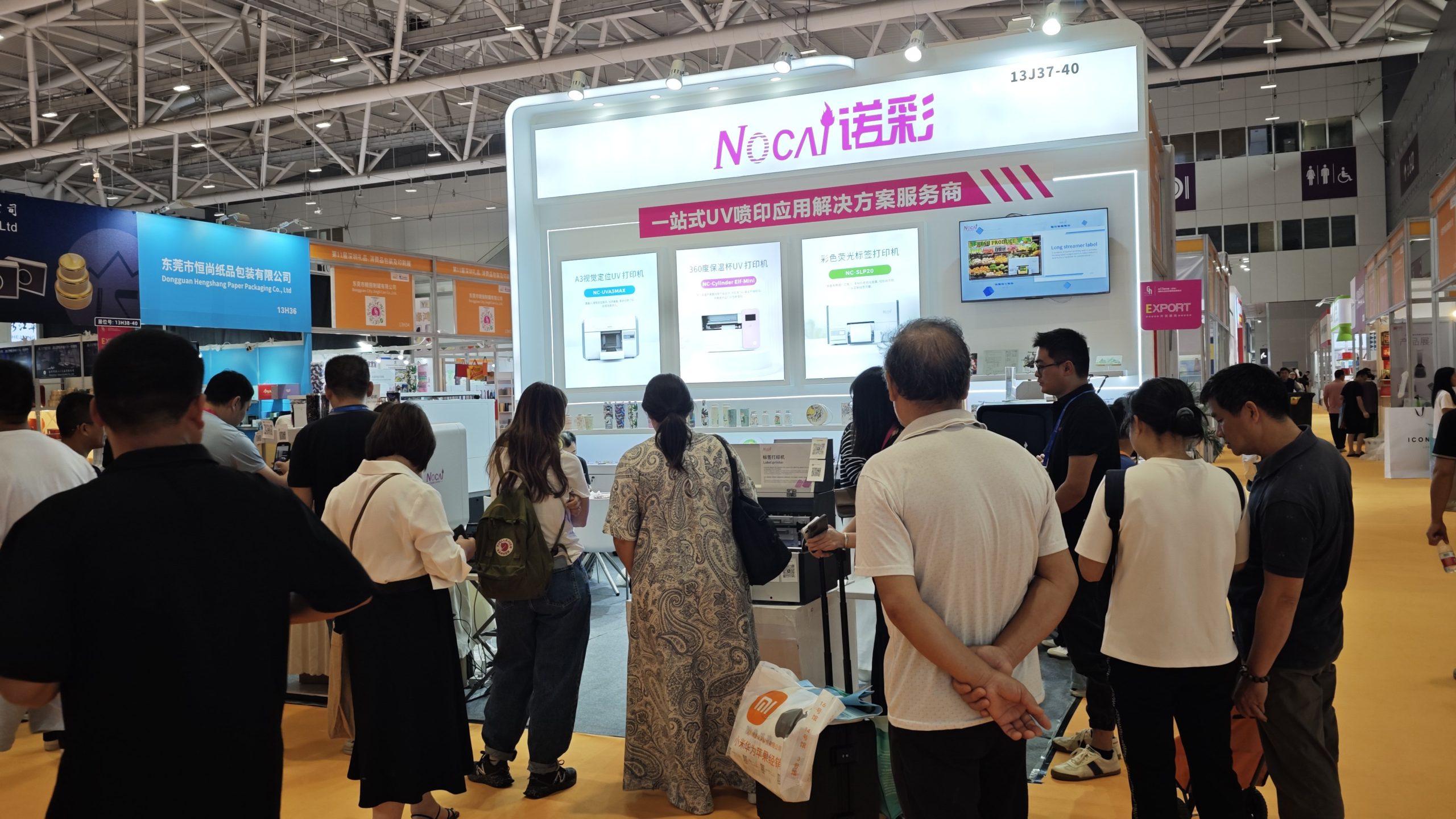
Nocai Shenzhen Expo Day 3 is a hit! Tomorrow is the last day—Hall 13, Booth J37-40 is waiting for you!
2025-10-22 -

Shenzhen Gift Expo Day2 Focus: Nocai Bestsellers Set the Venue on Fire, Hidden Exhibition Area Exclusively Open
2025-10-21 -

Grand Opening! Live Coverage of the 33rd Shenzhen Gift Expo – Nocai Presents 5 Core Printing Devices at Booth 13J37-40
2025-10-20 -

27th Cross-Strait Longgang Print & Culture Expo Wraps Up! NOCAI Booth A-G7-2: 4 Core Devices + Pro Services Unlock New Industry Potential
2025-10-20 -
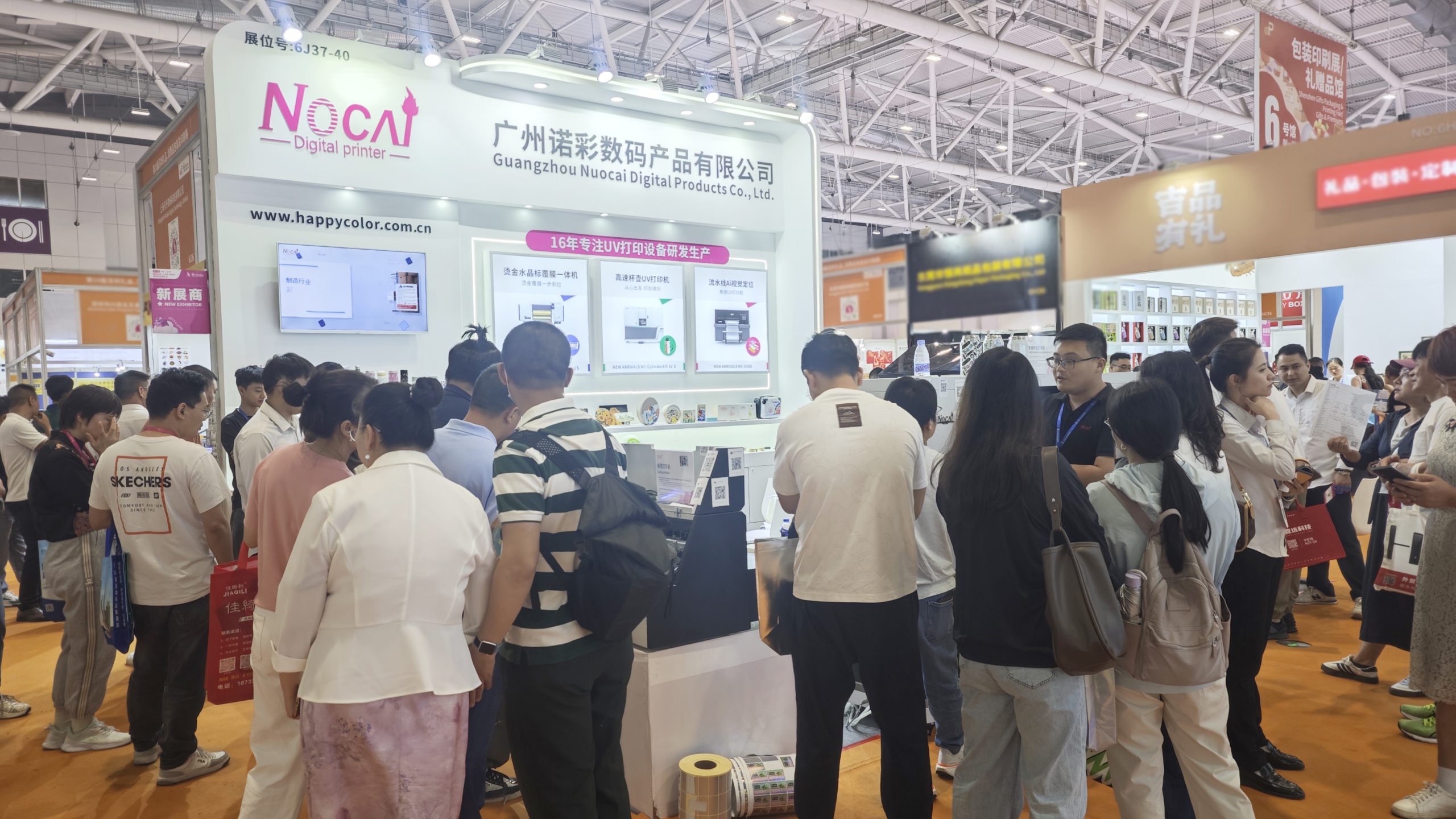
Shenzhen Gifts Fair Concludes Successfully, Nocai Embarks on a New Journey!
2025-08-15 -

Planting for the future- 3.12 Arbor Day, Voluntary action building a green home together!
2025-08-15 -
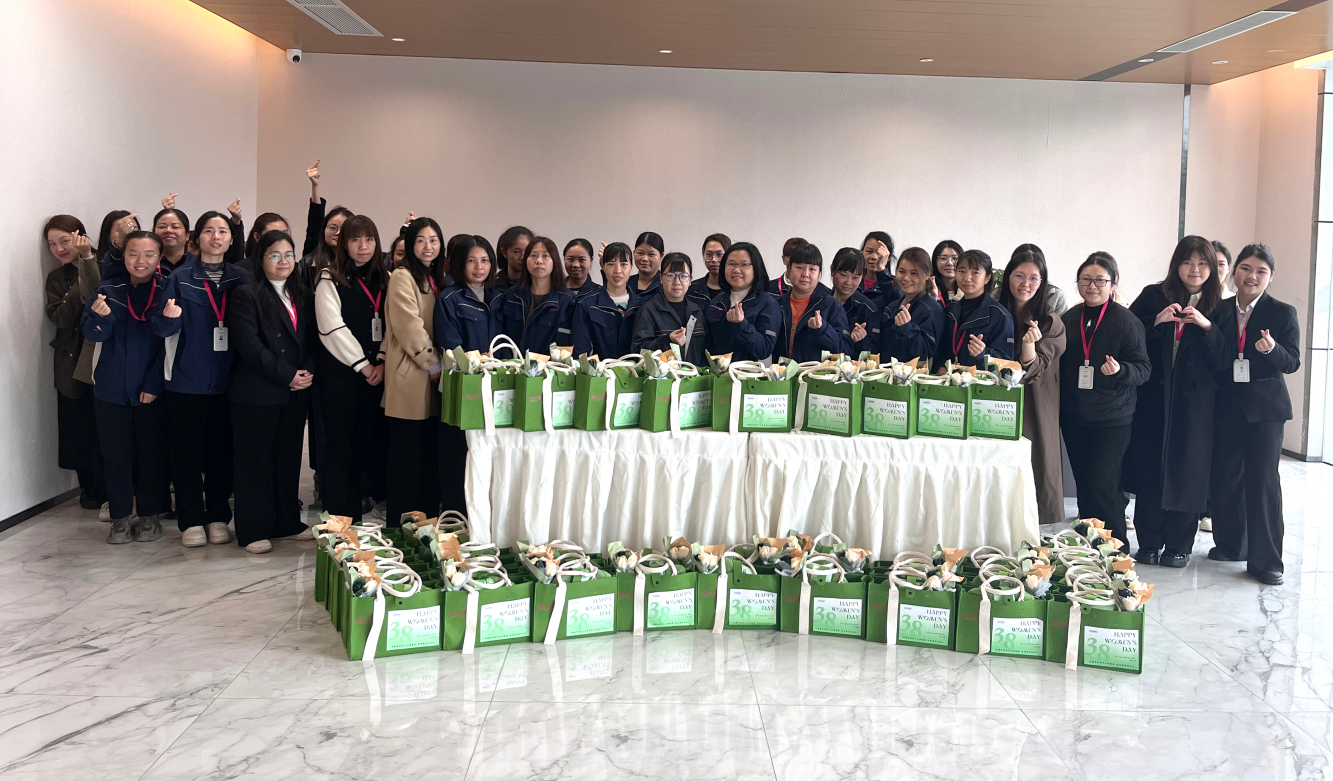
Women’s Day | “Saluting Your Brilliance, Honoring Trailblazing Women — Nocai Celebrates Every Woman with Festive Blessings & Heartwarming Gifts!”
2025-08-15 -
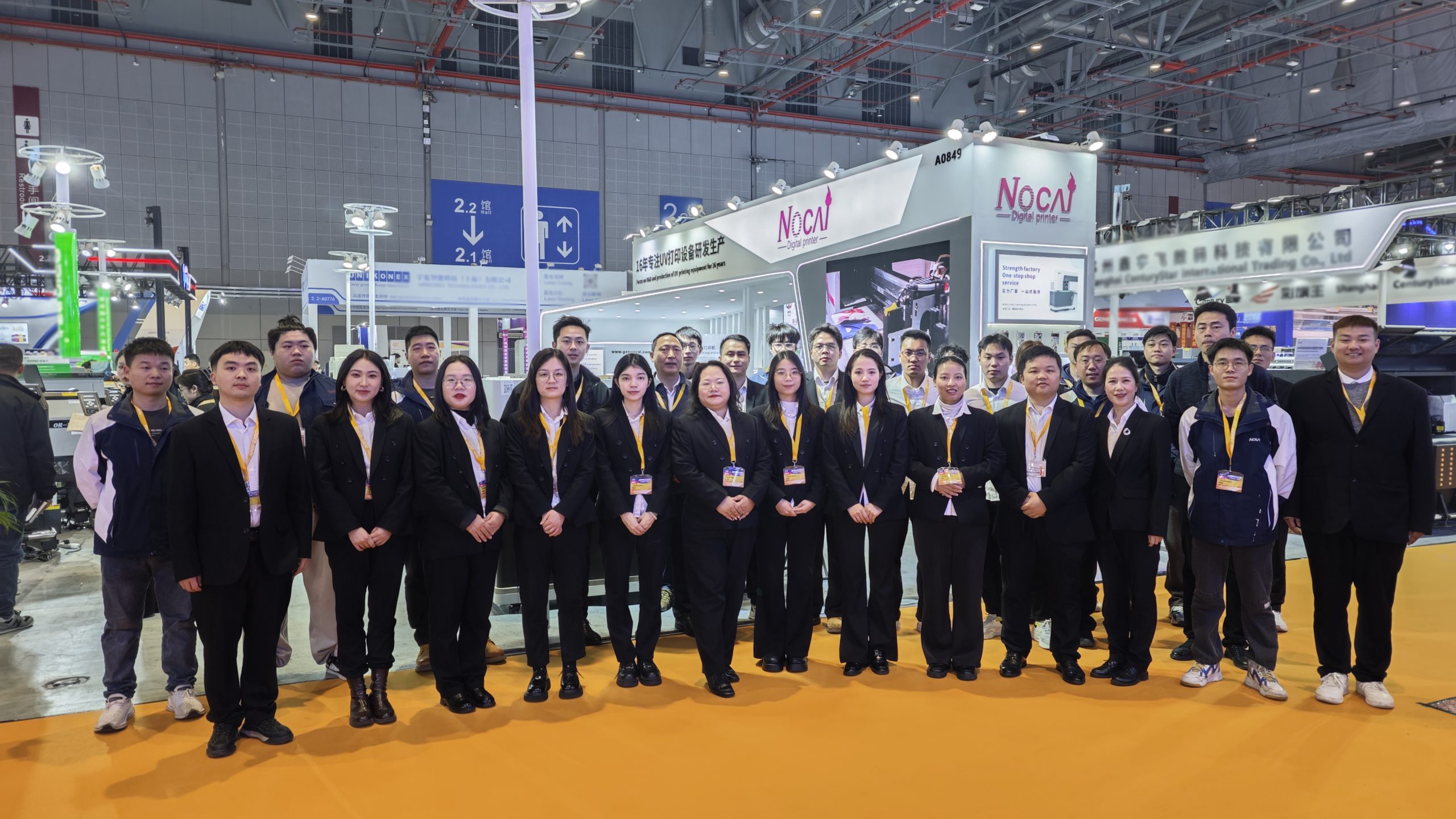
APPPEXPO Concludes Successfully Today! Nocai and Global Partners Co-“Print” Brilliance, Next Stop Will Be Even More Exciting!
2025-08-15 -
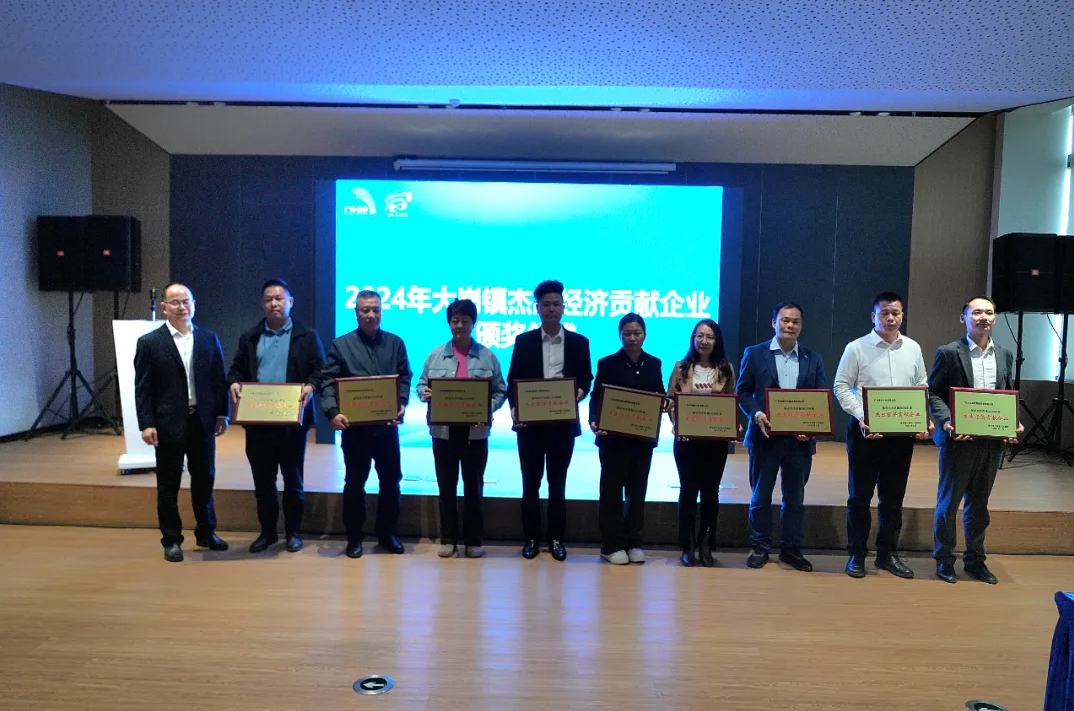
“Charting the Course in the Bay Area • Building Dreams in Dagang” — Guangzhou Nocai Invited to High-Quality Growth Forum in Dagang Town
2025-08-15
-
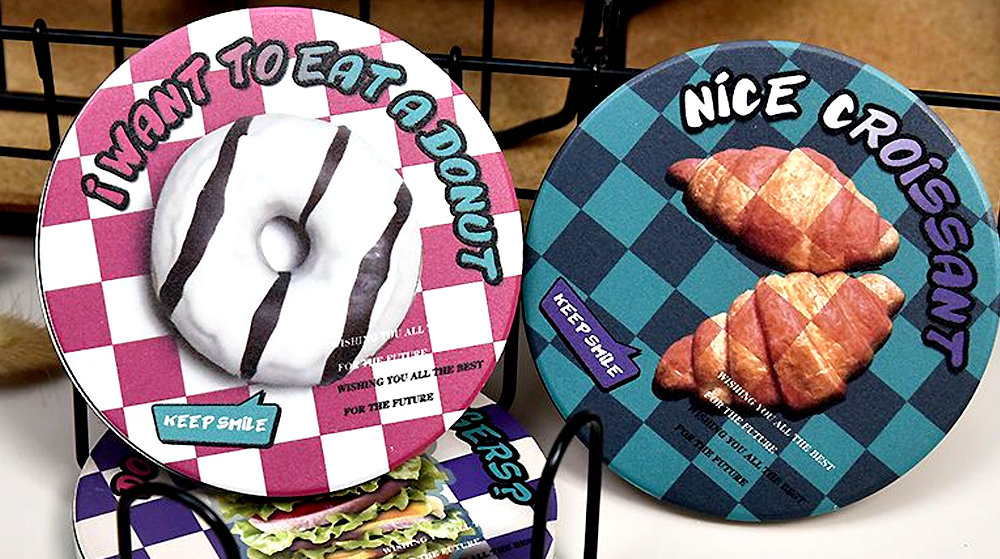
6090 UV Printer Daily Troubleshooting Guide: Make Operation Simpler
2025-11-27 -

Is Adhesion Adequate for Cosmetic Printer on Bottle Bodies? Here’re the Critical Checks!
2025-11-27 -
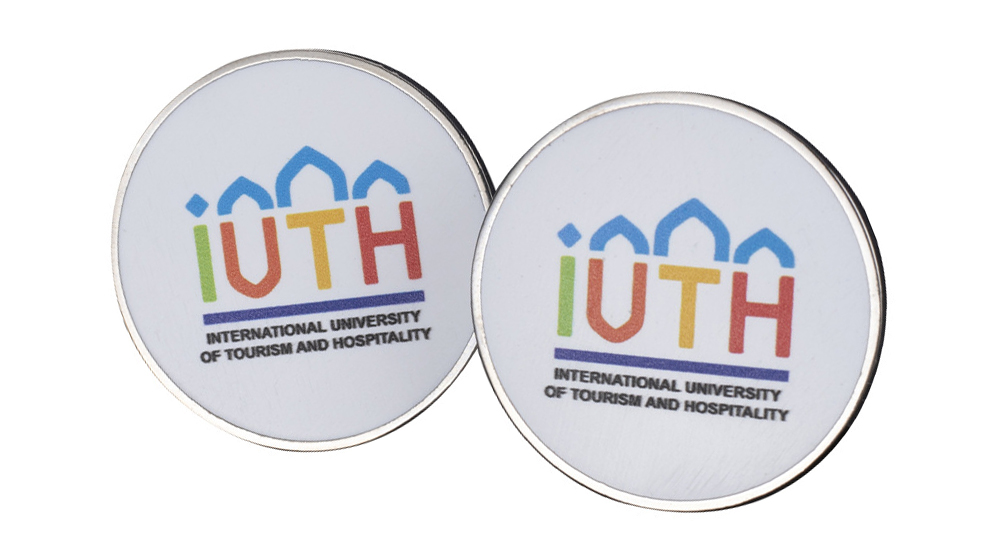
UV Flatbed Printer: The Intelligent Weapon Reshaping the Advertising Signage Industry
2025-11-20 -
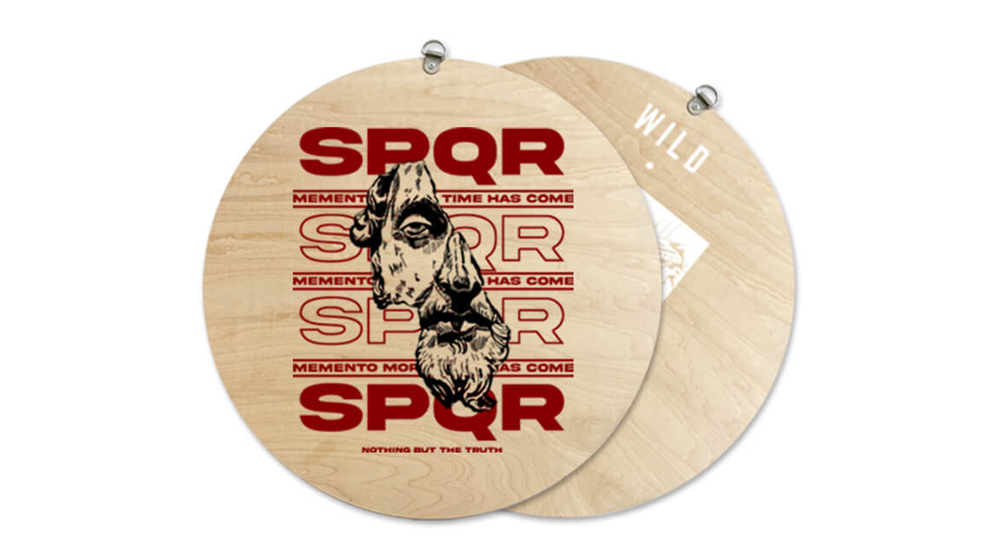
Innovative Design and UV Flatbed Printing: Paving New Paths for Creative Expression
2025-11-20 -
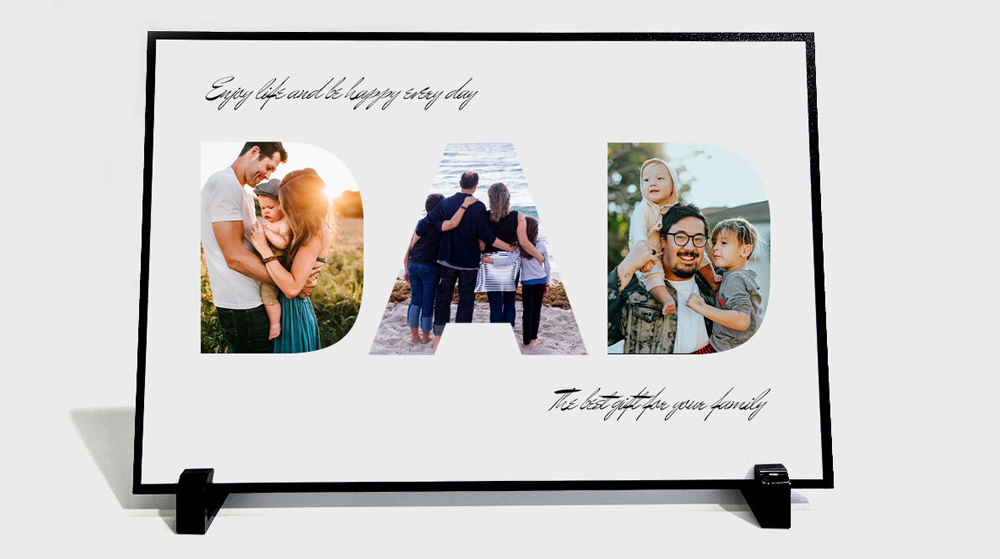
Still Worried About High Sample Proofing Costs? One UV Printer Solves It All!
2025-11-12 -

6090 UV Printer Troubleshooting: Common Problems and Solutions
2025-11-12 -
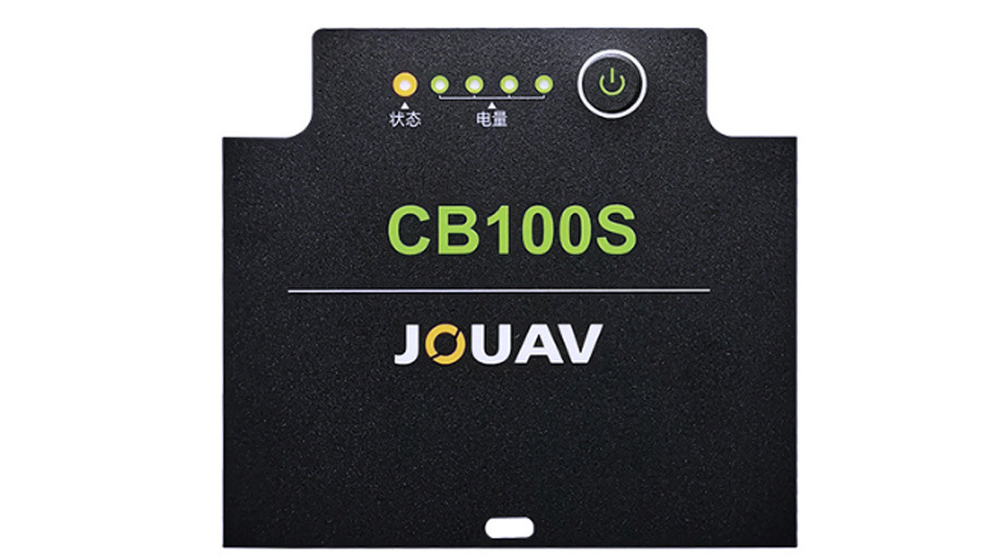
Profit Engine Amid the Customization Wave: How UV Flatbed Printers Drive Business Growth
2025-11-07 -
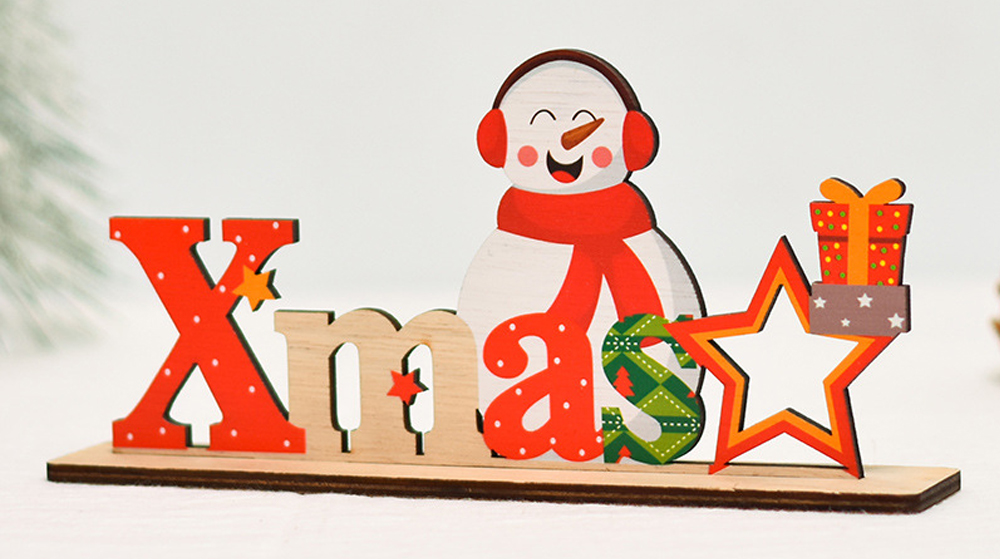
UV Flatbed Printers: Unlocking New Entrepreneurial Paths in the Personalized Customization Market
2025-11-07 -
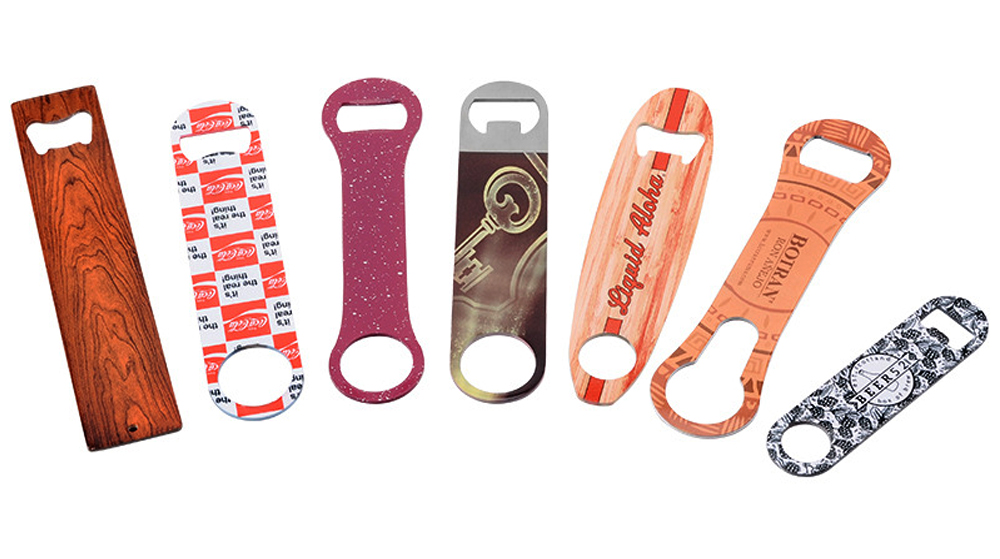
Maintenance of Small-Sized UV Flatbed Printers: 4 Steps to Extend Equipment Lifespan
2025-10-29 -
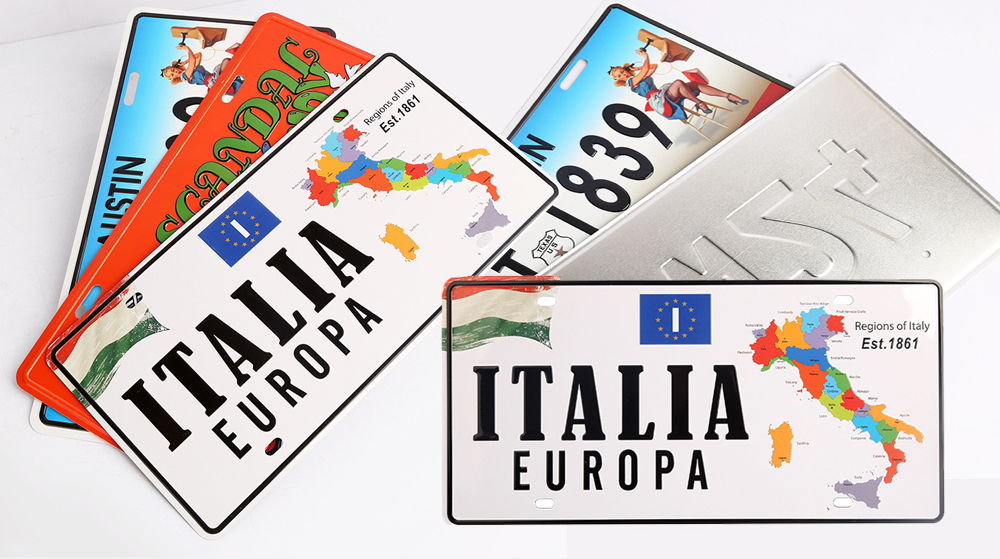
Complete Buying Guide for 6090 Flatbed Printer Specialized for Glass/Metal
2025-10-29
CONTACT US


Guangzhou Nuocai Digital Products Co., Ltd.
If you would like to keep touch with us directly, please go to contact us



